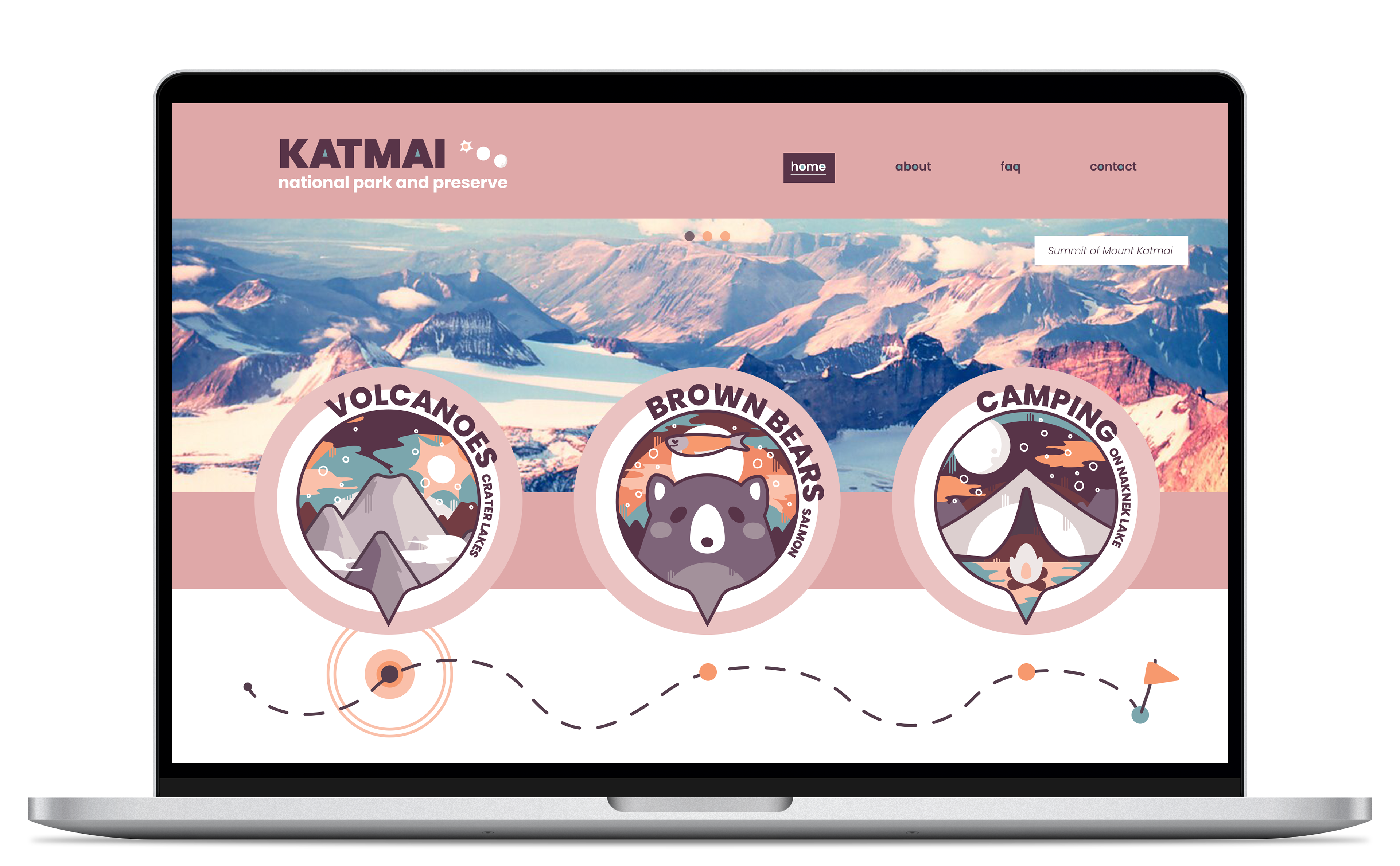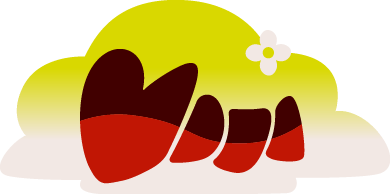Brainstorming and Research
Katmai National Park and Preserve
Katmai National Park and Preserve spans over four million acres of remote, wild, and spectacular country. In Katmai you'll find the Valley of Ten Thousand Smokes and the site of the world's largest volcanic eruption of the 20th century. Katmai hosts an incredible density of brown bears, offering visitors an unprecedented opportunity to study and view bears in their natural habitat. Inside its boundaries are important spawning and rearing ground for Bristol Bay sockeye salmon, which help sustain one of the largest and economically important salmon runs in the world. Katmai's landscape contains vast multi–lake watersheds with hundreds of miles of wild, untamed rivers and streams. It's an outdoor laboratory for studying the effects of volcanism, climate change, and other large scale landscape processes. This is also place with a 9,000-year record of human adaptation to environmental and ecological change. The area was first designated a national monument in 1918 to protect the area around the major 1912 volcanic eruption of Novarupta, which formed the Valley of Ten Thousand Smokes, a 40-square-mile (100 km2), 100-to-700-foot-deep (30 to 213 m) pyroclastic flow. The park includes as many as 18 individual volcanoes, seven of which have been active since 1900.
Weather
Located between the stormy north Pacific Ocean and the even stormier Bering Sea, the Katmai region is often a battleground between weather systems. When you visit, be prepared to encounter all types of weather. On average, wet and cool conditions predominate in spring, summer, and fall. Winters are drier and colder.
Activities
Backcountry hiking and camping
Bear watching
Boating
Brooks camp
Brooks camp area hiking
Flightseeing
Fishing
Hunting and trapping
Ranger-led programs
Notable Locations
Brooks Camp
Brook Falls
Valley of Ten Thousand Smokes
Pyroclastic flows from the eruption of the volcano Novarupta formed the Valley of Ten Thousand Smokes, named by botanist Robert F. Griggs, who explored the volcano's aftermath for the National Geographic Society in 1916. The eruption that formed the Valley of Ten Thousand Smokes is one of the few in recorded history to have produced welded tuff, producing numerous fumaroles that persisted for 15 years.
Katmai Coast
Kodiak Island
Naknek Lake
Mount Katmai, a stratovolcano with a lake-filled caldera at its summit.
Notable Lifeforms
Brown and grizzly bears
Bristol Bay sockeye salmon
Mammal species that inhabit Katmai include snowshoe hare, moose, timber wolf, brown bear, coyote, beaver, lynx, wolverine, river otter, mink, Arctic and red fox species, weasel, porcupine, and marten. Marine mammals include the harbor seal, sea lion, sea otter, beluga whale, killer whale and gray whale. Caribou are occasionally within the park during winter seasons.
The most important fish in the park are sockeye salmon, which feed bears, bald eagles and others during their spawning runs in the park's rivers. Salmon enter the Naknek River drainage from Bristol Bay in June and July and spawn from August to October. The park also supports a variety of plant communities. Common wildflowers that grow in the park include beachhead iris, nootka lupine, and woolly geranium.
History and Culture
Katmai National Park and Preserve, located in southern Alaska, is renowned for its stunning natural beauty, diverse wildlife, and its unique history, most notably the 1912 eruption of Novarupta, which was one of the largest volcanic eruptions in the 20th century. Here's an overview of the park's history and culture:
History:
1. Native Alaskan Culture: The Katmai region has a long history of human habitation, dating back thousands of years. Indigenous peoples, including the Alutiiq and Deanna Athabascans, have called this area home for generations. These native cultures relied on the abundant natural resources of the region, such as salmon and other fish, wildlife, and plants, for their sustenance and cultural practices.
2. 1912 Novarupta Eruption: The most significant historical event associated with Katmai National Park is the 1912 eruption of Novarupta, a volcano located within the park boundaries. This eruption was one of the most powerful in recorded history, spewing ash and volcanic debris over a wide area and reshaping the landscape dramatically. The nearby Valley of Ten Thousand Smokes was created during this eruption and is a prominent feature within the park.
3. Creation of the Park: In 1918, President Woodrow Wilson established Katmai National Monument to protect the area's unique geological and volcanic features, as well as its significant brown bear population. In 1980, the monument was enlarged and redesignated as Katmai National Park and Preserve as part of the Alaska National Interest Lands Conservation Act (ANILCA). ANILCA aimed to balance the conservation of Alaska's natural resources with the preservation of indigenous cultures and ways of life.
Culture:
1. Indigenous Heritage: Katmai National Park and Preserve is situated within the ancestral lands of several Native Alaskan communities. The park strives to respect and preserve the cultural heritage of these indigenous groups, including the Alutiiq and Dena'ina Athabascans. Visitors can learn about the rich cultural history of these groups through interpretive programs and exhibits.
2. Outdoor Recreation: The park offers a wide range of outdoor activities, including hiking, camping, fishing, and wildlife viewing. The park's diverse landscapes, from rugged mountains to pristine rivers and coastlines, provide opportunities for outdoor enthusiasts to explore and appreciate the natural beauty of Alaska.
3. Wildlife: Katmai is famous for its abundant wildlife, especially its brown bear population. The park provides a unique opportunity for visitors to observe and photograph these magnificent creatures in their natural habitat. The Brooks River area, in particular, is renowned for its bear-watching opportunities, especially during the salmon runs.
4. Cultural and Educational Programs: Katmai National Park and Preserve offers various programs and events throughout the year to educate visitors about the park's history, culture, and natural resources. Ranger-led programs, guided hikes, and interpretive exhibits help visitors gain a deeper understanding of the park's significance.
Overall, Katmai National Park and Preserve in Alaska is a place where nature and culture converge, offering a rich tapestry of history, indigenous heritage, and unparalleled natural beauty for all who venture into its pristine wilderness.
Thumbnails
Digital Roughs
Refinements
Finals





